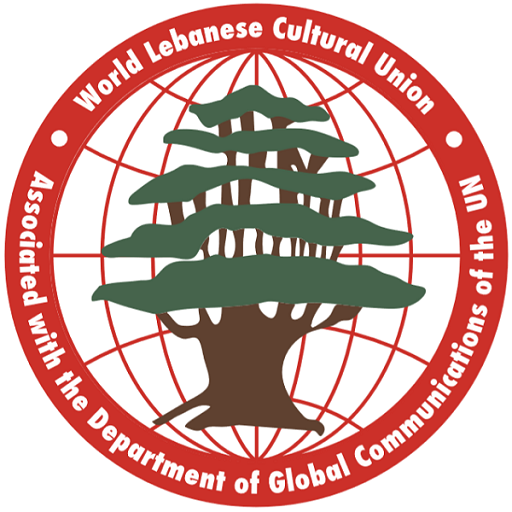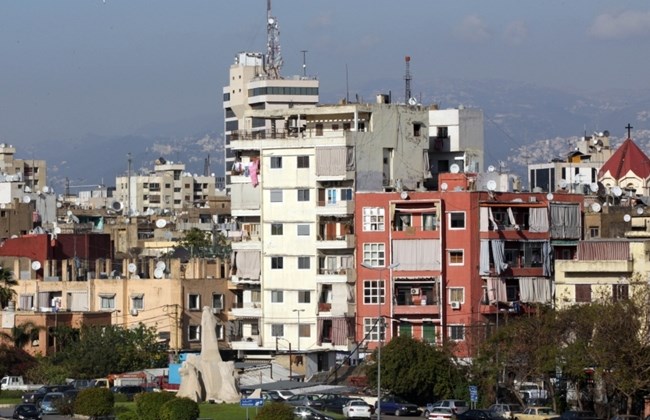Burj Hammoud: Lebanon’s Little Armenia

BEIRUT: When you cross the Beirut River and enter the municipality of Burj Hammoud it seems like another city entirely. Whether you walk down the main promenade, taking in the sights and smells of the famous basterma (pastrami) restaurants, or get lost in the maze of streets selling every kind of artisanal product, Burj Hammoud is distinctly one thing: Armenian. Lebanon is home to around 230,000 persons of Armenian descent, the sixth largest Armenian population outside Armenia worldwide. They came at the beginning of the 20th century, refugees from the Medz Yeghern (Armenian for “the Great Crime”) – the systematic extermination of the Ottoman Empire’s Armenian population – disputed as genocide in modern day Turkey, but accepted as such by a growing number of states and individuals worldwide.
Just this week, Austria joined the governments of 24 other countries in condemning the killing of an estimated 1 to 1.5 million Armenians between 1915 and 1917 as genocide, a term also used by Pope Francis earlier in April.
Those that fled the violence to Lebanon situated themselves in refugee camps spread from Tripoli in the north to Tyre in the south, but swamplands to the east of Beirut were where most survivors began to rebuild their lives, says George Krikorian, Burj Hammoud’s deputy mayor.
“Because of the fact that Burj Hammoud was mostly made up of swamps, the swamp area was the cheapest land available,” he told The Daily Star.
The Armenian refugees were given permission to build on the swamps, and over the years Burj Hammoud began to coalesce, becoming an independent municipality in the early 1950s.
“Most of the survivors, the Armenians, were craftsmen … And the Middle Eastern habit was that the craftsman would construct his small structure; the ground store facing the street used to be his workshop and the upper story – or the construction behind it if it was a single story construction – used to be his house … and that’s the way [Burj Hammoud] gradually took [its] current shape.”
The neighborhood as it is today was fashioned between the 1930s and 1970s, with most residential houses being constructed with two to four levels, usually with a commercial activity on the street level. It is this urban landscape, a vast contrast to the high rises that dominate most areas of Beirut, that contributes to Burj Hammoud’s unique feel.
It is also easy to see that the present population of Burj Hammoud is descended from these craftsmen – the area is known for its gold jewelry, its leather works and its tailors – and is considered a vibrant commercial and industrial hub in the east of Beirut.
If you don’t mind spending the day wandering in and out of the nooks and crannies of Burj Hammoud’s side streets, you are guaranteed to find what you are looking for, be it coat hangers, face paint, heaters, bed sheets, towels or pillow stuffing – Burj Hammoud is a treasure trove of necessary and less-so items.
Even as a place to wander, Burj Hammoud offers a chance to soak in another culture. Its street food is influenced by Armenian specialties, with basterma and sujuk sandwiches easy to come by. In fact, so synonymous with Armenia and Armenian culture is the neighborhood that Syrian-born, Lebanon-raised and Armenian-descended film director Nigol Bezjian, took CNN on a tour in 2012 documentary entitled “Little Armenia.”
In it, Bezjian wandered Burj Hammoud’s streets, stopping to greet people, eat some local delicacies and tour a church, an art gallery and an Armenian language radio station – all while narrating how the neighborhood’s Armenian roots has made it the one place he feels most a home.
“This is where the Armenian patriotism was reborn, Armenian literature took root again, Armenian culture was reborn here in a way,” Bezjian tells the camera.
Armenian culture has been kept alive in Burj Hammoud through “cultural associations, religious centers, schools, sports clubs” and other institutions, Krikorian explains.
But while Armenian culture looms large in the neighborhood, there has always been a mix of cultures and ethnicities represented, the deputy mayor says.
“Before the beginnings of the 20th century it was not largely populated; there were few scattered families and houses … After the Armenians came, yes since that time it was predominantly Armenian, but it was [also] home to all of the religious and confessional communities of Lebanon.”
In particular, during the mid-20th century, many Shiites flocked to Nabaa, the southern part of Burj Hammoud that borders Sin al-Fil. It became a hub for the working class, with migrant Shiites from the Bekaa Valley and south Lebanon, along with Palestinian refugees swelling the population of Burj Hammoud and its neighboring east Beirut suburbs to several hundred thousand. The 1975-90 Civil War, however, took its toll, and much of the non-Armenian population of Burj Hammoud fled the surrounding violence.
In 2005, the population of Burj Hammoud was listed as around 150,000 according to the Lebanese Interior Ministry, Krikorian says, making it, at 2 square kilometers, one of the most densely populated areas in the Middle East. However, the municipality has their own estimates, based on the movement of what they term the “daytime population,” those who work in Burj Hammoud but do not live there.
“Our estimates range between 120,000 and 150,000 as a municipality. In addition to that, and in addition to the normal increase in numbers since 2005, there are the large numbers of Syrian refugees that came to the municipal district … [along with] the dramatic increase since 2006/7 of the real estate prices and rent [that] drove many families or foreign workers to try to take advantage of the comparatively cheaper rents in Burj Hammoud.”
Whatever the numbers, this week the neighborhood has been taking to the streets in force, in commemoration of the 100th anniversary of the Armenian genocide.
“Every neighborhood, every cultural [center], every sports club, every religious center, each and every one has their own activities [planned],” Krikorian says.




